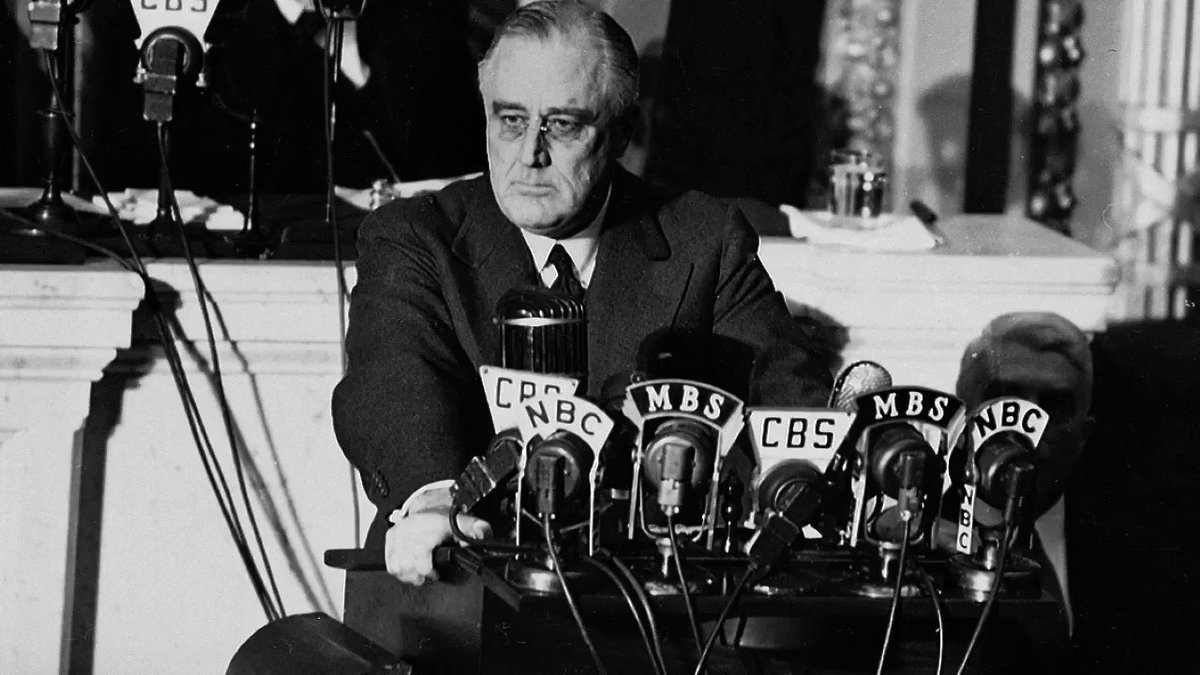We all know that the first European settlements in US began circa 1600, but what did the country look like, some 200 years later in 1800 - i.e 24 yrs after the Declaration of Independence?
The period covered is from 1800 to 1816
But let's just focus on Chapter 1 of the work - that discusses the physical state of US in 1800
To put that in perspective, the US in 1800 when Jefferson took office had fewer people than the city of Bangalore today
Out of 5.3MM, about a fifth were African slaves. So the free white population was about 4.5MM
And land travel as one would expect was pretty expensive and very very long.
Back in 1800, the Boston to New York journey was a 3 day affair, despite the existence of a "tolerable highway" in Adams's words
Back in 1800, the stage-coach ride from NY to Philadelphia took the "greater part of two days" in Adams's own words.
These two towns are barely an hour's drive from each other today.
"Fifty or a hundred miles inland more than half the houses were log-cabins, which might or might not enjoy the luxury of a glass window. Throughout the South and West houses showed little attempt at luxury; "(Contd..)
A mail from Philadelphia to Nashville took 22 days
Philadelphia - 70,000 people
New York - 60,000
Boston - 25,000
So Philadelphia was no larger than a midsized town like Liverpool (also 70K) in England.
London to put things in perspective had 1 million inhabitants in 1800
"the Battery was a fashionable walk, Broadway a country drive, and Wall Street an uptown residence"!!
And even after 200 years, 2/3rd of the American population was within 50 miles of the Atlantic seaboard!
It tells us how difficult "progress" is, and how much of a long haul just about everything was all over the world, before the railroad and the steam engine (particularly in the absence of waterways)
Even the highly civilized Eurasian man could barely bring himself to move away from the seaboard after spending 200 years on the continent





